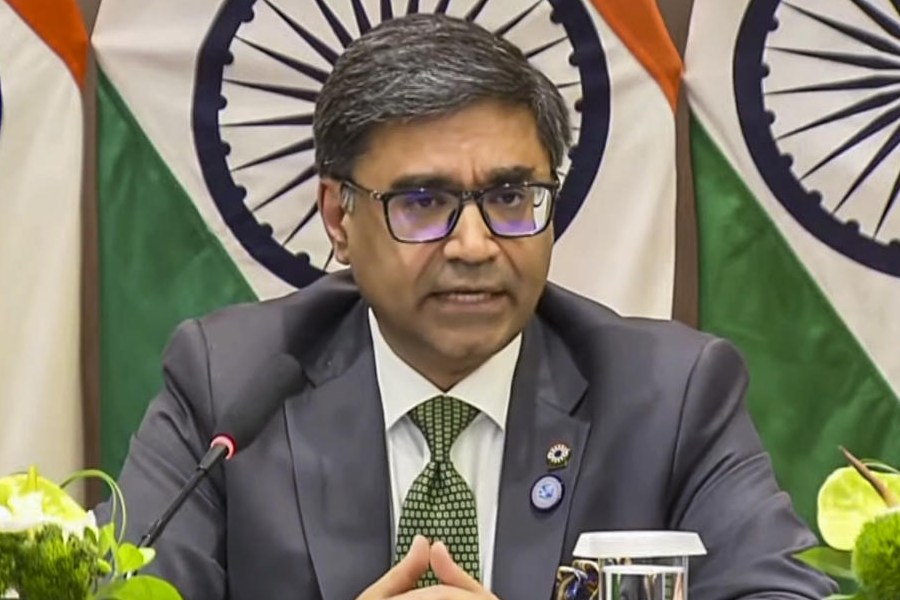To oppose the banning of a film is not necessarily to endorse its biases. No civilized citizen of a mature democracy would support the Shiv Sena’s attacks on Karan Razdan’s Girlfriend. A film cannot be banned simply because it shows two women having sex with each other. But does it follow from this that a film which does so is a reflection and agent of desirable social change? Not necessarily. Erotic sequences between two women are far from a revolution for the Indian “mainstream”. Standard pornographic fare, prepared for heterosexual male viewers, routinely sizzles with such “lesbian” sequences. This is a global phenomenon, and the Indian market is no exception. Pornography allows lesbian sex if there are clearly no men around to pleasure the women, or when a man arranges the sex for his own delectation, often to “show” the women, eventually, that they have a much better option. Much of this pornographic protocol is imported, almost intact, into Girlfriend, and most men in the audience would recognize the situations and imagery. This is why films like Girlfriend, and Neel Nirjoney in Calcutta, make sure that actors’ interviews and page-three publicity throw in tantalizing hints about the films’ lesbian content before their release. The posters do the rest of the job. Sexual justice has really very little to do with all this, although some directors and actors often use that rhetoric, depending on where, or to whom, they are speaking.
Razdan has only gone a step forward by giving his own story about the “origins” of lesbianism — in childhood abuse and wretchedness. According to this code, there cannot be any happy lesbians who have sex with one another simply because they happen to enjoy it. They are shown as damaged femmes fatales, driven by their hatred of men, and doomed to destroying lives, their own and their girlfriends’, unless put in place by a man or saved by marriage. The other scenario — sex between two men — is even more unimaginable, because the male homosexual gaze has not yet been acknowledged by the Indian “mainstream” market. This is unfortunate. Bollywood, or the New Bengali Cinema, is actually losing a great deal of money because of India’s heterosexist conservatism. The Western fashion, publishing, entertainment and tourism industries reap huge revenues from specifically targeting “pink money”, because single gay men and women have more money to spare. One does not have to invoke civil rights, a subject that would bore most enterprising Indian metrosexuals, to argue that gays and lesbians would be important consumers in a free market — if only they were free to be themselves.










